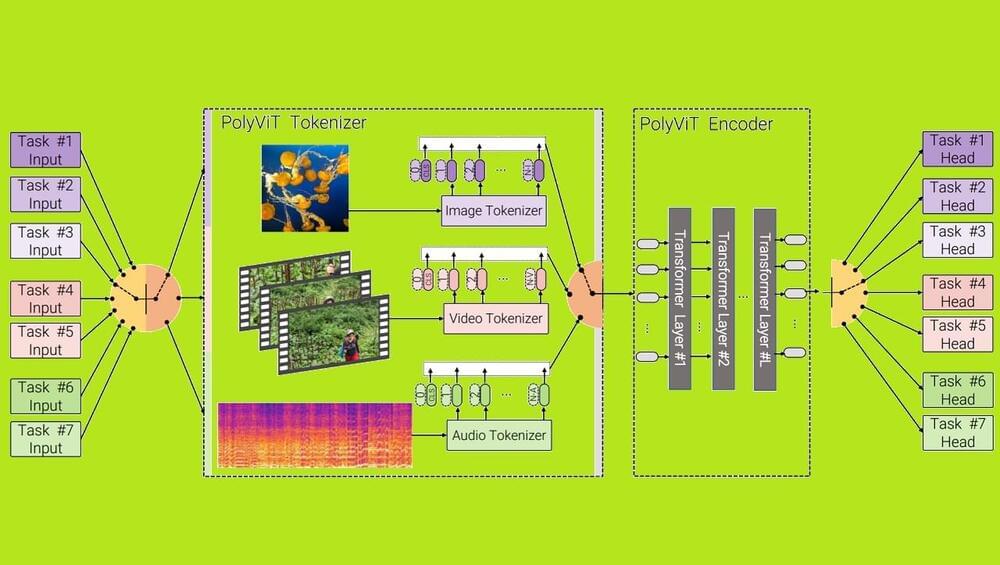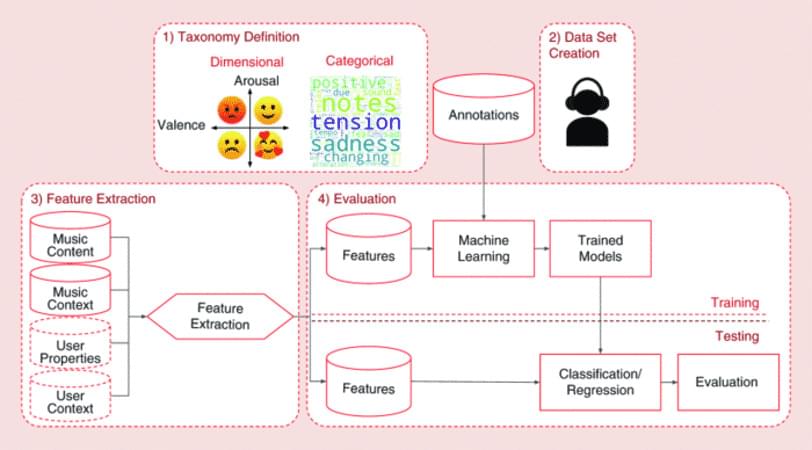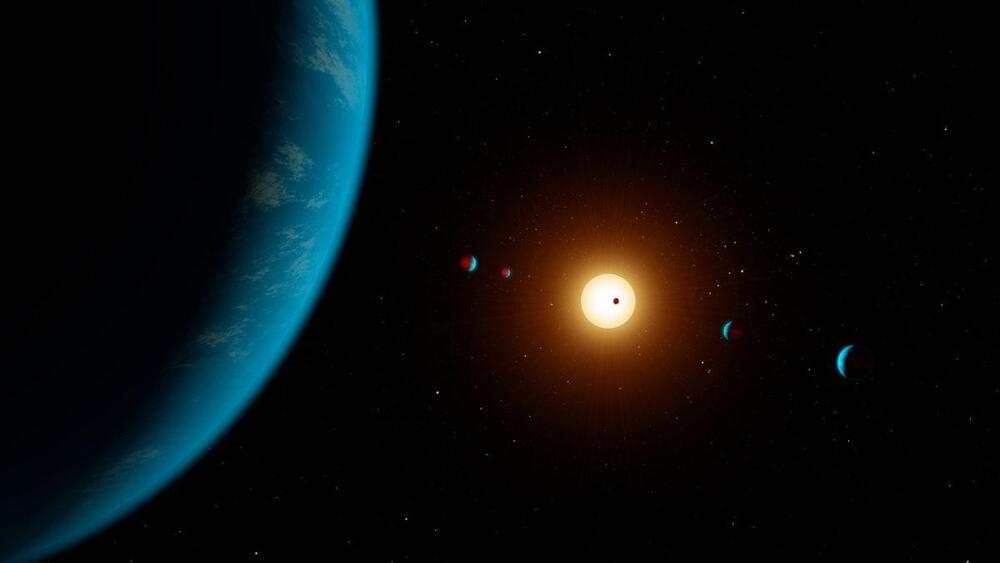
At its re: Invent 2021 conference today, Amazon announced Graviton3, the next generation of its custom ARM-based chip for AI inferencing applications. Soon to be available in Amazon Web Services (AWS) C7g instances, the company says that the processors are optimized for workloads including high-performance compute, batch processing, media encoding, scientific modeling, ad serving, and distributed analytics.
Alongside Graviton3, Amazon unveiled Trn1, a new instance for training deep learning models in the cloud — including models for apps like image recognition, natural language processing, fraud detection, and forecasting. It’s powered by Trainium, an Amazon-designed chip that the company last year claimed would offer the most teraflops of any machine learning instance in the cloud. (A teraflop translates to a chip being able to process 1 trillion calculations per second.)
As companies face pandemic headwinds including worker shortages and supply chain disruptions, they’re increasingly turning to AI for efficiency gains. According to a recent Algorithmia survey, 50% of enterprises plan to spend more on AI and machine learning in 2021, with 20% saying they will be “significantly” increasing their budgets for AI and ML. AI adoption is, in turn, driving cloud growth — a trend of which Amazon is acutely aware, hence the continued investments in technologies like Graviton3 and Trn1.


















